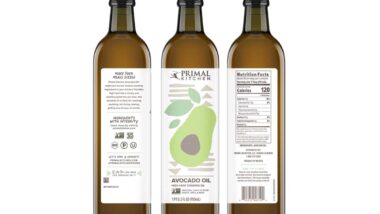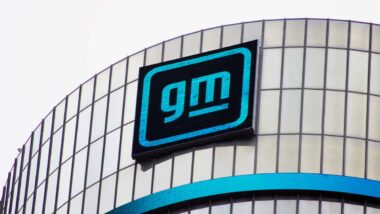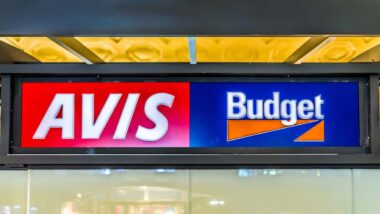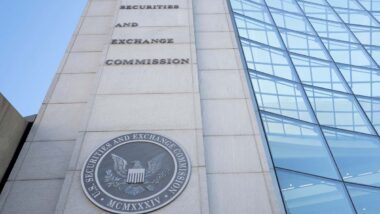Top Class Actions’s website and social media posts use affiliate links. If you make a purchase using such links, we may receive a commission, but it will not result in any additional charges to you. Please review our Affiliate Link Disclosure for more information.
Fake Sale Overview
If you’re tempted to buy something you don’t really need just because it’s marked with what appears to be a huge discount, you could be the victim of a fake sale. This pricing strategy uses a fictitious original price that’s much higher than the actual sale price, to create the illusion of a big discount.
Donald Ngwe, assistant professor of Business Administration at Harvard Business School, wrote that the Federal Trade Commission coined the term “fictitious pricing” a false original retail price. Consumers who perceive an item was once listed for $100 but is now marked down to $50 is a more valuable product than an item that was once $60 marked down to $50. The original price, also known as the list price, is a factor that influences decisions to purchase, said Ngwe.
He said businesses might drop prices over time because of inventory management, a popular item losing demand or consumers noticeably not willing to pay a higher price for the item. In those cases, a consumer probably has a reasonable expectation that almost all information has been provided to help make a rational decision regarding the price incentive.
Ngwe said a fake sale may instigate an irrational decision by a consumer to buy something based on “imperfect information.”
“These are motivations that might encourage firms to post high ‘original’ prices at which products were never actually available for purchase,” wrote Ngwe.
The Lure of the Fake Sale
When you visit a local retailer and look at the price tag of a sale item, the original price is often printed as a point of reference. If the item never originally sold at the “original price,” the retailer is using the consumer’s willingness to hunt for a bargain to falsely convince the consumer the deal is better than it actually is.
Other major retailers, such as Walmart and Ross Dress for Less, hold nearly constant sales.
The Federal Trade Commission asserts that if an original price is an artificially inflated price to dupe the customer into believing he is getting a better deal than he actually receives, the sale is a falsely advertised bargain.
In a Consumer Reports look at pricing at Kohl’s department stores, the investigation found that Kohl’s sales prices were not as great as the retailer made them appear. In one instance, a KitchenAid Mixer was on sale for $489.99 at Kohl’s, which referred to a list price of $549.99. Yet, investigators were able to find that same mixer for $320 at another retailer, and even KitchenAid’s own website listed it $40 less than Kohl’s price.
In December 2016, Kohl’s, JC Penney, Sears and Macy’s were reportedly sued by the Los Angeles City Attorney’s Office over alleged falsified list pricing schemes. According to the LA Times, in the year prior, JC Penney settled a similar lawsuit for $50 million and Kohl’s settled a fake sale class action lawsuit for $6.15 million.















